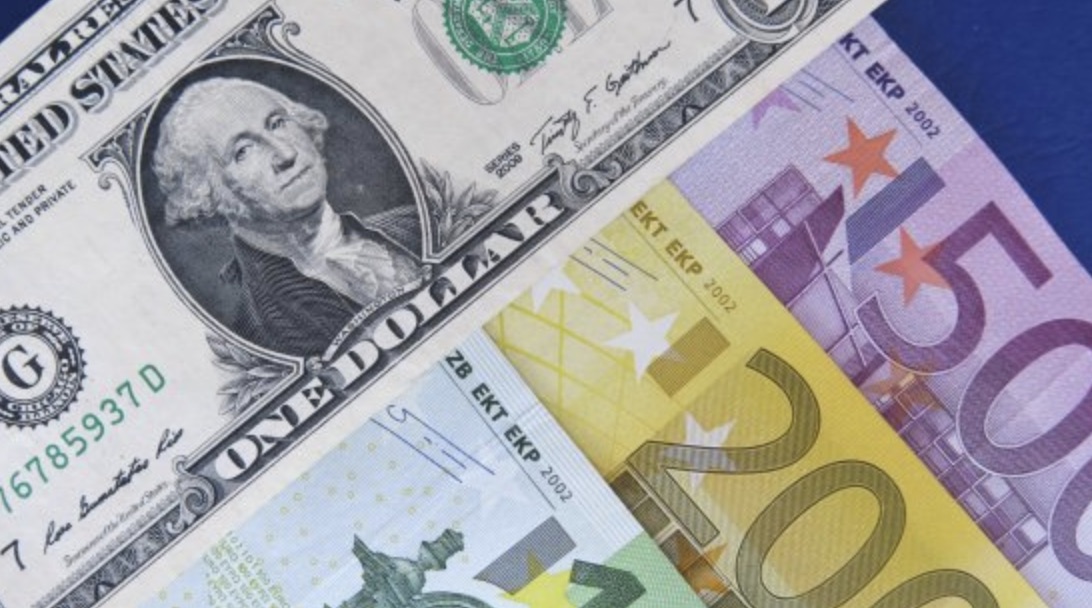The EUR/USD Maintains Its Gains above 1.0750 in Anticipation of Eurozone PMI and PPI Data
The EUR/USD extends its rally to 1.0765 on Monday, despite the USD's weakness. The United States labor market expanded at a slower rate than anticipated in April, which increased the likelihood that the Fed would reduce interest rates in September. The possibility of the ECB deviating from the Fed regarding rate reduction could weigh on the Euro, according to economists.

The EUR/USD pair trades in positive territory for the fourth consecutive day during early Asian trading hours on Monday, near 1.0765. Support is provided to the primary pair by the weakening US Dollar (USD). Traders are awaiting the HCOB Purchasing Managers' Index (PMI) data from Germany and the Eurozone, in addition to the later-duration Eurozone Producer Price Index (PPI).
Recent US employment data from the Bureau of Labor Statistics (BLS) indicated on Friday that April saw a more pronounced deceleration in US job growth than had been anticipated. In April, Nonfarm Payrolls (NFP) increased by 175K, the smallest increase since October 2023, following a 315K increase (revised from 303K) in March. This figure was below expectations. In contrast, annual wage inflation, as determined by the volatility of the Average Hourly Wage, declined from 4.1% to 3.9%. March's unemployment rate was 3.8%; in April, it increased to 3.9%.
A September rate reduction by the US central bank became more probable in light of the weaker-than-anticipated US data. The CME FedWatch instrument indicates that financial markets have increased the probability of September rate cuts from 55% last week to nearly 90% at this time. As a consequence, the Greenback experiences weakness, which furnishes a tailwind for the EUR/USD pair.
Conversely, it is anticipated that the final reading of the Eurozone Services PMI will persist at 52.9 in April, whereas the Composite PMI is anticipated to exhibit no change at 51.4. In addition, the March PPI for the Eurozone is anticipated to be -7.7% YoY, down from -8.3% in February.
As anticipated, inflation in the Eurozone remained stable in April, providing the European Central Bank (ECB) with justification to reduce interest rates in June. The possibility of the ECB deviating from the Federal Reserve (Fed) regarding interest rate cuts could potentially have a "particularly negative" impact on the Eurozone and exert selling pressure on the Euro (EUR) against the USD, according to economists.
Bonus rebate to help investors grow in the trading world!

 English
English















